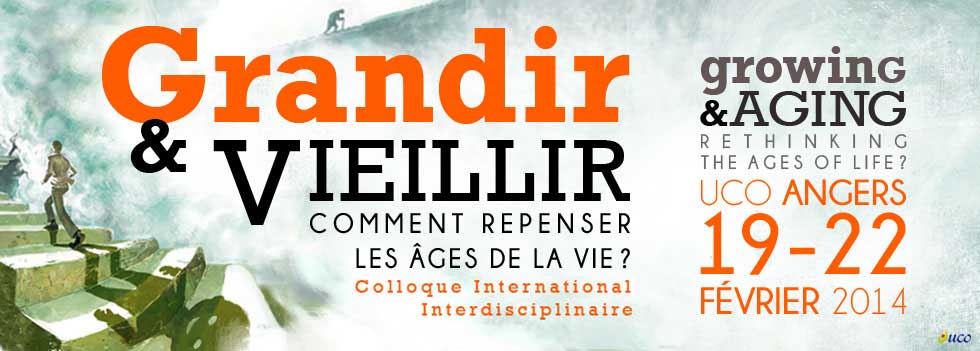
Conference ThemesProposals for papers must be submitted on line on the conference site (tab: submit a paper) Proposed papers must fall within one of the four thematic areas described below. 1. Activity and inactivity over a life span: questioning the relationship between age and work When companies question their management of age and work or the sliding scale of age and ability, and when the question of retirement age is raised, what can be said about expertise gained from experience, about the sharing of periods of activity and inactivity over a lifetime, or about the relationship to technology that transforms generational rhythms? Papers considered under this theme are expected to deal with the activity/inactivity paradigm. -Does managing the ages of work make sense? -The relationship to money over a lifetime -The sliding scale of age and ability as opposed to the transmission of experience -Forced inactivity, re-employment and adaptation strategies
2. Up to what point over a life’s span do we continue to form, inform and orient ourselves? A longer, more mobile, more connected life means not only continued learning, but also continued orientation or reorientation from childhood through old age so as to avoid succumbing to “disorientation”. Papers under this theme should seek to respond to the following questions: -Life-long orientation: career, transitions, trajectory, path(-s)? -After “pedagogy” and “andragogy”, is there “gerontagogy”? -The orientation and education of the “precarious” adult? The aging adult: which adaptation strategies? 3. Couples, Families and Generations: Facing lengthening life spans The reformulation of the ages of life directly impacts couples and families in multiple ways whether it be the prolonged contact between four or five generations, the reconstructing of families and the new relationships thus brought about, the longevity of couple-life, or the division between generational identities. Several areas of interrogation emerge from these observations, calling forth thought in the following domains: Childhood –between reality and representation Adolescents and at-risk behaviours: How to consider them? Couples and families over the long term: conjugating singularity and plurality From “Generation Y” to the regeneration of relationships between the ages.
4. Ages in the City: intergenerational utopias and oxymora for “aging gracefully” Today’s disruption and re-composition of the ages of life “de-ritualize” the passage from age to age on the one hand, and on the other conjure up divers forms of biomedical and socio-political tensions inherent in the coexistence of vaguely defined generations within cultures and territories that, themselves, also become disoriented. Papers dealing with this theme should seek to shed new light on the following: -The disoriented adult life: delayed entry, multiple exits, critical midpoints -Ages and cultures: from traditional rites of passage to contemporary migrations -Ages and territories: from intergenerational utopias to growing risks of conflict - “aging gracefully” and its oxymora |

